If you want to succeed in a floating project, you need to leverage the experiences, and you need to have a very different logic and approach than the fixed-type project. I think the root of the factor, but one of the important factors that are taken into account, is developing the supply chain that can deliver floating wind projects
"Build from Scratch" philosophy Bluefloat Energy develops a collaboration model that is more adaptable for the local region_Interview with Carlos Martin, CEO of Bluefloat Energy
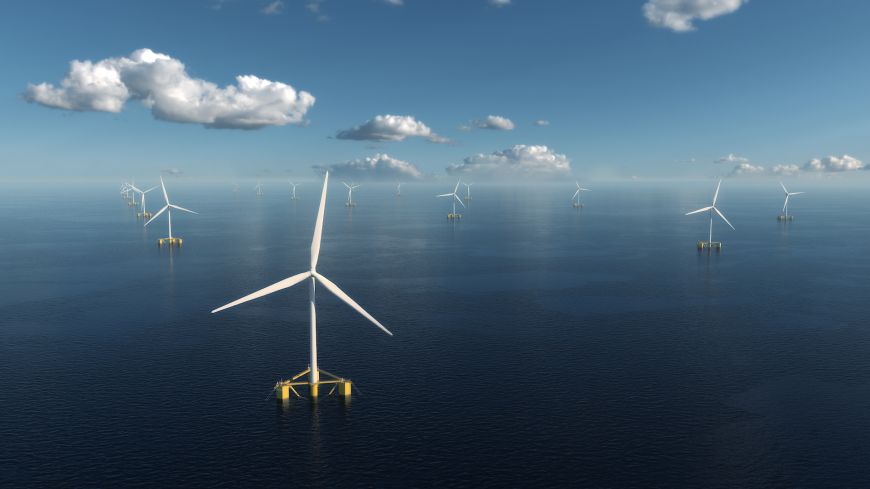
"Build from Scratch" philosophy Bluefloat Energy develops a collaboration model that is more adaptable for the local region_Interview with Carlos Martin, CEO of Bluefloat Energy
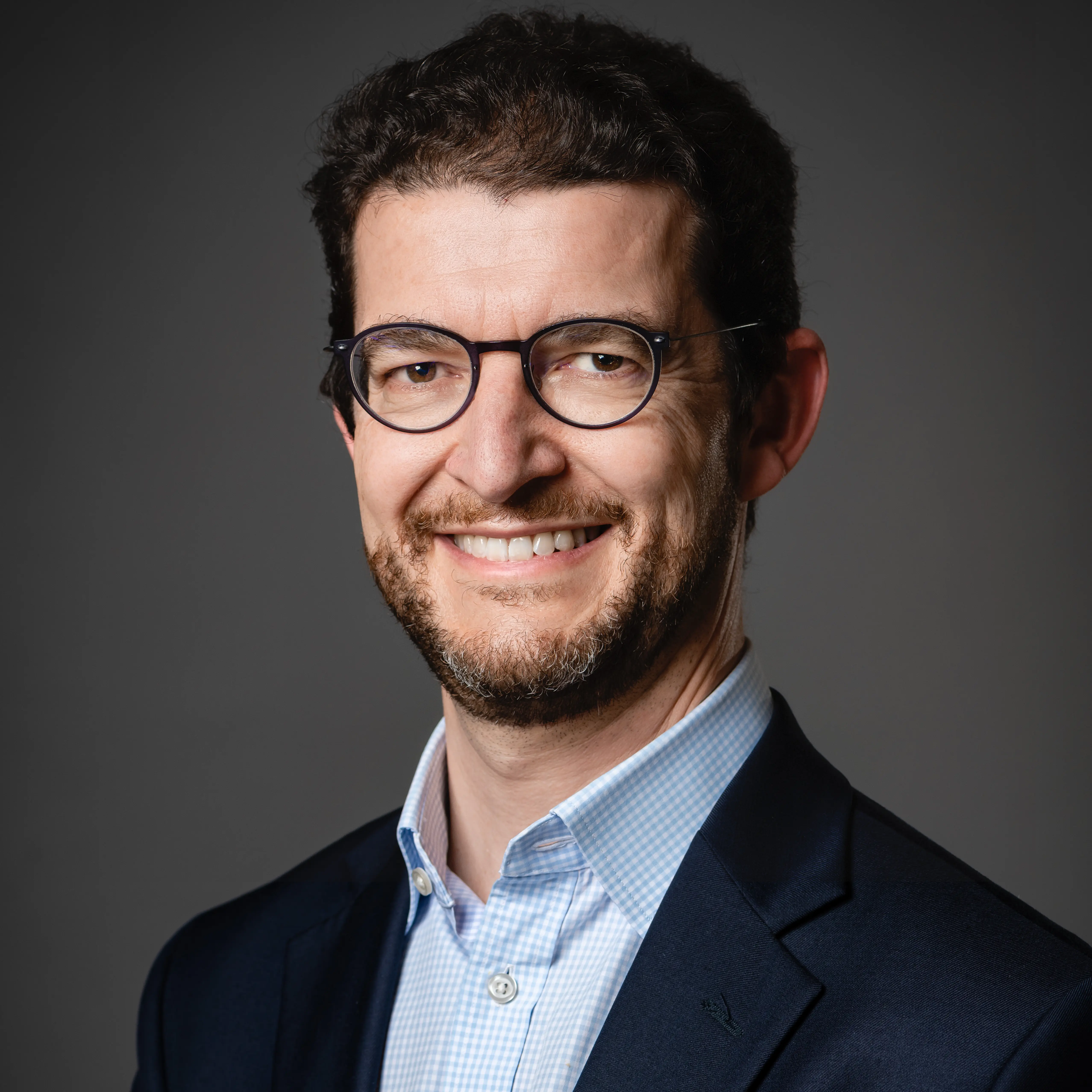 Carlos Martin, CEO of Bluefloat Energy
Carlos Martin, CEO of Bluefloat Energy
By Xin-En Wu
According to Wood Mackenzie, a global energy consultancy, by 2025, Asia will surpass Europe to become the region with the highest capacity of offshore wind. Offshore wind is a significant renewable energy source within Taiwan's energy development roadmap. Among all the issues related to offshore wind, floating technology has gradually become the hottest topic.
Many countries in the Asia-Pacific region, including Taiwan, have gradually realized in the past few years that the coastal area will soon be saturated while developing offshore wind farms. As long as the offshore wind industry continues, it must consider going further offshore. Developers are actively deploying in deep-water areas, and in the case of Taiwan, areas with a water depth of more than 60 meters represent great potential for developing floating wind farms.
Besides the world´s first floating wind project Hywind Scotland, and the Kincardine project, which is now the largest-scale floating wind farm, people must also be familiar with the first semisubmersible floating wind project: WindFloat Atlantic (reference 1) .
Build from Scratch
"I was personally the project director of the WindFloat Atlantic between 2013 and 2017 when I was an employee of EDPR. I led the project's development from the early phase until the moment when the project was ready for financing and execution. That included most of the development work from permitting and consenting point of view, securing the off-take agreements, securing the developments from the technology and engineering point of view, procurement and financing of the project, including the major interfaces regarding the project," said Carlos Martin, the CEO of BlueFloat Energy.
WindFloat Atlantic being one of the three existing floating wind farms in the world, Martin sees participating in the development of this project as a huge personal learning experience. Some of the critical lessons learnt from this project is that Floating OWF is very different from the bottom-fixed OWF. "If you want to succeed in a floating project, you need to leverage the experiences, and you need to have a very different logic and approach than the fixed-type project. I think one of the important factors that needs to be taken into account, is developing the supply chain that can deliver floating wind projects," said Martin.
When developing a floating wind farm, the biggest challenge was that the mainstream supply chain and technology at that time were mainly fixed-type. Not many manufacturers could support the development of floating technology. Sometimes, they had to face the pressure from their investors and other stakeholders to not dedicate time and resources to this project as it was a low priority. For Carlos Martin, BlueFloat Energy's essential role is to work closely with the supply chain and grow with the project while also ensuring that the project development and design can be adopted to the the local capabilities so that the local supply chain can also benefit from these floating wind projects.
That's why BlueFloat Energy is very keen on exploring opportunities in Taiwan. "We are particularly excited about Taiwan because Taiwan is an emerging market in Asia, and it holds great potential for floating wind, which is our prime focus. Our team members have the practical experience and technical expertise in the floating wind. We firmly believe that, eventually, floating technology will become mainstream in developing the offshore wind industry, which is a long-term goal. That's why we want to bring our expertise in the floating wind to Taiwan as part of Taiwan's renewable energy power supply system," Martin stressed.
Reference:
1. WindFloat Atlantic OWF became operational in July 2020, consisting of three Vestas 8.4MW wind turbines, driven by EDP Renewables through the Windplus consortium formed by OW , Repsol, and Principle Power is the world's first semi-submersible floating wind farm.
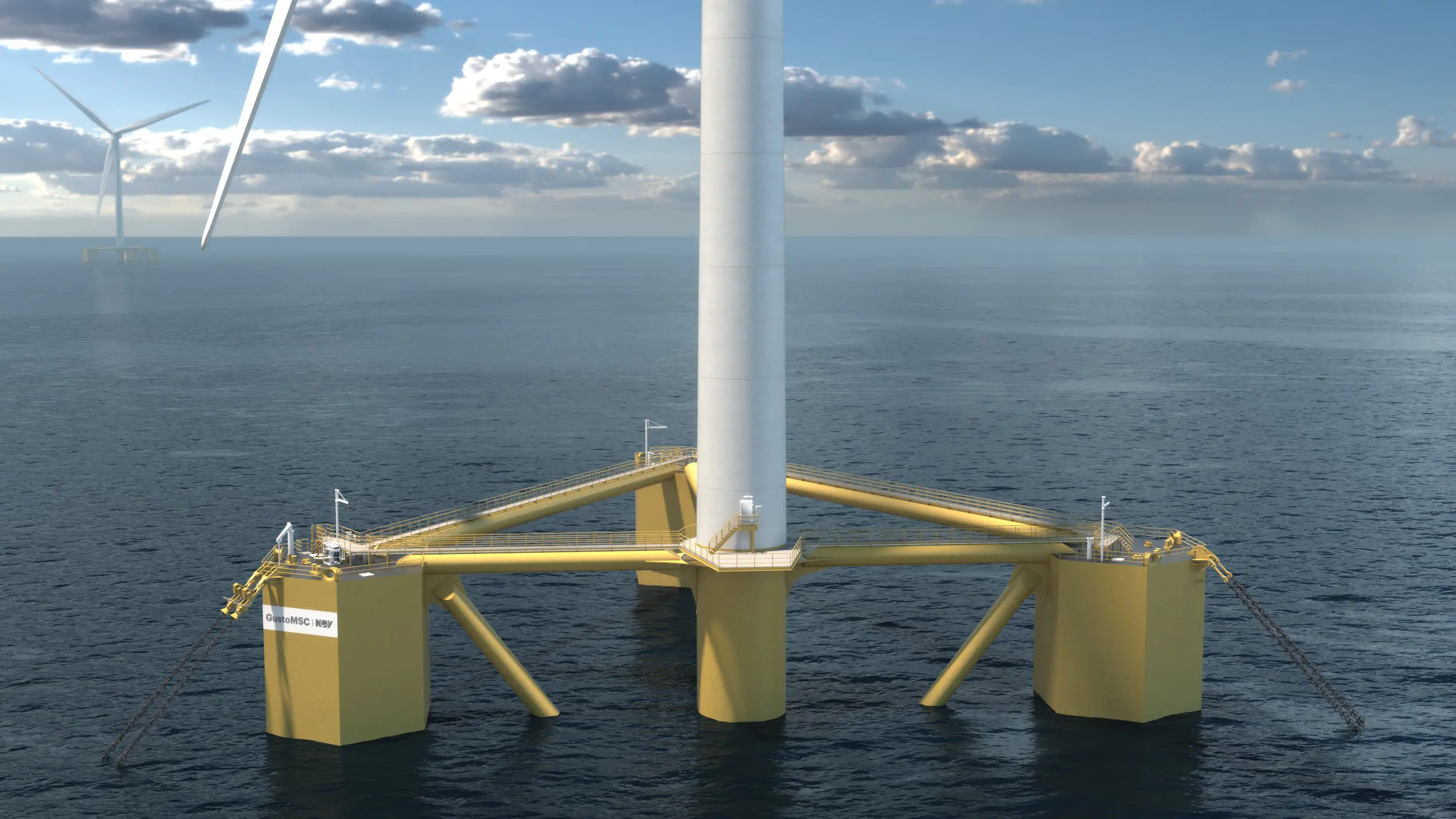
That's why BlueFloat Energy is very keen on exploring opportunities in Taiwan. "We are particularly excited about Taiwan because Taiwan is an emerging market in Asia, and it holds great potential for floating wind, which is our prime focus. Our team members have the practical experience and technical expertise in the floating wind. We firmly believe that, eventually, floating technology will become mainstream in developing the offshore wind industry, which is a long-term goal. That's why we want to bring our expertise in the floating wind to Taiwan as part of Taiwan's renewable energy power supply system," Martin stressed.
The potential of "first project" and the importance of bankable
Martin believes it is essential to engage with local stakeholders in the early stage of development. "I believe all developers recognize the importance of involving all local communities, including fishermen and other stakeholders. They are an integral part of the project and it is important that these stakeholders see how the project would contribute towards future development of the region. And it's also crucial that the project is financeable," Martin indicated.
Taiwan has potential because all industrial technologies and wind farms are Taiwan's "first project" regarding offshore wind. "Taiwan has the potential to become the heart of the manufacturing and development of floating technology in the Asia-Pacific region. Moreover, because all the projects and technologies are the first projects for Taiwan, the industry has a great opportunity to build from the basics. Just as Portugal and Spain benefited from the WindFloat Atlantic program, and then positioned themselves as the hubs of Europe's floating wind farms. So the experience and execution of the first projects is a significant thing," Martin thinks.
Even if floating wind is different from bottom-fixed, it is already a proven technology . Martin stated that it is crucial to reach out to financing communities as early as possible, and it is best to ensure financing ability from the first day of the project. "From the very beginning of development, it is necessary to pay attention to the bankability of the project, the cooperation between the developer and the financing community is very important. We must ensure that the project has sufficient development funds ready from day one. Bluefloat Energy is a team of professionals from the offshore wind sector. We have a team with experience in different floating wind projects, including Windfloat Atlantic. We also incorporated learnings from other projects, and we have practical experience of participating in other projects like Kincardine and other floating wind projects in Europe and in Japan," Martin said.
"For countries in the Asia-Pacific region, floating technology is bound to play a greater role in the sea than fixed-type. In Taiwan, we can say that floating technology has the potential to develop, but for countries such as Japan, South Korea, or the Philippines, floating technology is the only possible solution and must become part of the renewable energy mix. Earlier, we talked about the advantages of the first project, and we saw opportunities. But whether the industry can support it, the establishment of the supply chain is another important consideration," Martin explains.
Because the industry has just started, from the government's perspective, developers should make themselves available to the government authorities so that they can contribute to this conversation with experiences. Some critical factors have been considered. "The construction of floating wind farms indeed requires special subsidies, but the so-called subsidies have a different approach, which is different from the approach required at the beginning of the development of fixed-type. I think Taiwan is smart in the roadmap for offshore wind development, encompassing the development of new technologies and showing a willingness to learn. You need to establish the track record first, convince some people that it's worth doing, understand what needs to be supported and let it move forward quickly," said Martin.
The supply chain established in float-type and fixed-type must carry out parallelly
Martin has a fresh perspective on local supply chain engagement. "We try to avoid competition with the same facilities and resources that fixed-type need. We try to think of floating wind as parallel industries. Therefore, when developing the project, it is necessary to consider all the possibilities, including which industries can support the development of floating wind farms and have future development. We have a large-scale and specific technical solution to be considered. For example, the foundation of fixed-type whether to use a monopile or jacket, but the floater of a floating wind farm involves relatively diverse and complex configurations," Martin explains.
He also mentioned that when it comes to developing floating wind farms, it is even more important to decide and provide practical solutions based on the local materials and industrial structures. Such as, the manufacturing materials of the floater can be steel or concrete, but which raw material is most suitable for obtaining in Taiwan? "You have to find the best and most suitable material and technology for the Taiwan market." It requires a practical process; from our point of view, perhaps the design of concrete will be more suitable than the design of steel for Taiwan. It is to avoid competing for the same resources with the existing wind farms," said Martin.
Floating technology is gradually becoming a focus industry in the United States
"This week, I was in Houston, participating in the floating wind solution conference. It was inspiring to see that floating wind is becoming a centerpiece of US plans regarding offshore wind. I think the US and Taiwan have similarities in their paths to offshore wind development. For example, the first project of the US is fixed-type, with lots of installed capacity on the northeast of the US coast. So we would see more and more developments around floating wind in the US as we see in Taiwan," said Martin.
Martin was genuinely excited to see that floating technology was becoming the core project of the US offshore program. So many industries show interest, embracing this opportunity.
He said: "In the United States, the floating wind project will be mainly on the west coast. Because the seabed on the west of the United States is quite deep, a floating wind farm is required. Interestingly, the east coast initially installed fixed-type wind farms, but states like Maine and New England are now planning the floating technology. It is a similar approach that we have seen in Taiwan. So, as a company in the United States, we believe there will be more opportunities for collaboration between the United States and Taiwan in offshore wind development."
Collaboration with Ørsted and Falck Renewables
This year, BlueFloat Energy, together with Ørsted and Falck Renewables, has secured 3 seabed leases in the ScotWind leasing round . It is remarkable that Scotwind leasing round resulted in 15GW of floating wind projects being awared seabed leases, this is more than bottom-fixed and more than anyone could expect.
Scotwind is likely to become a milestone in the floating wind industry. It proves again that the floating wind has been getting a lot of interest in Scotland. "It's a turning point in the floating wind industry, and we are delighted to see that we were one of the companies awarded more capacity. We are awarded three projects, totally close to 3 GW of a potential capacity with our partners from Falck Renewables and Ørsted. Our approach with local stakeholders and communities in this project is a critical indicator of our development in the Taiwan market. We understand the importance of partnerships. The Scottish government also wants to ensure that the project provides development opportunities for the local industries. It can say that we are actively involved in the local area from the application stage and engage with the local supply chain and the local community," said Martin.
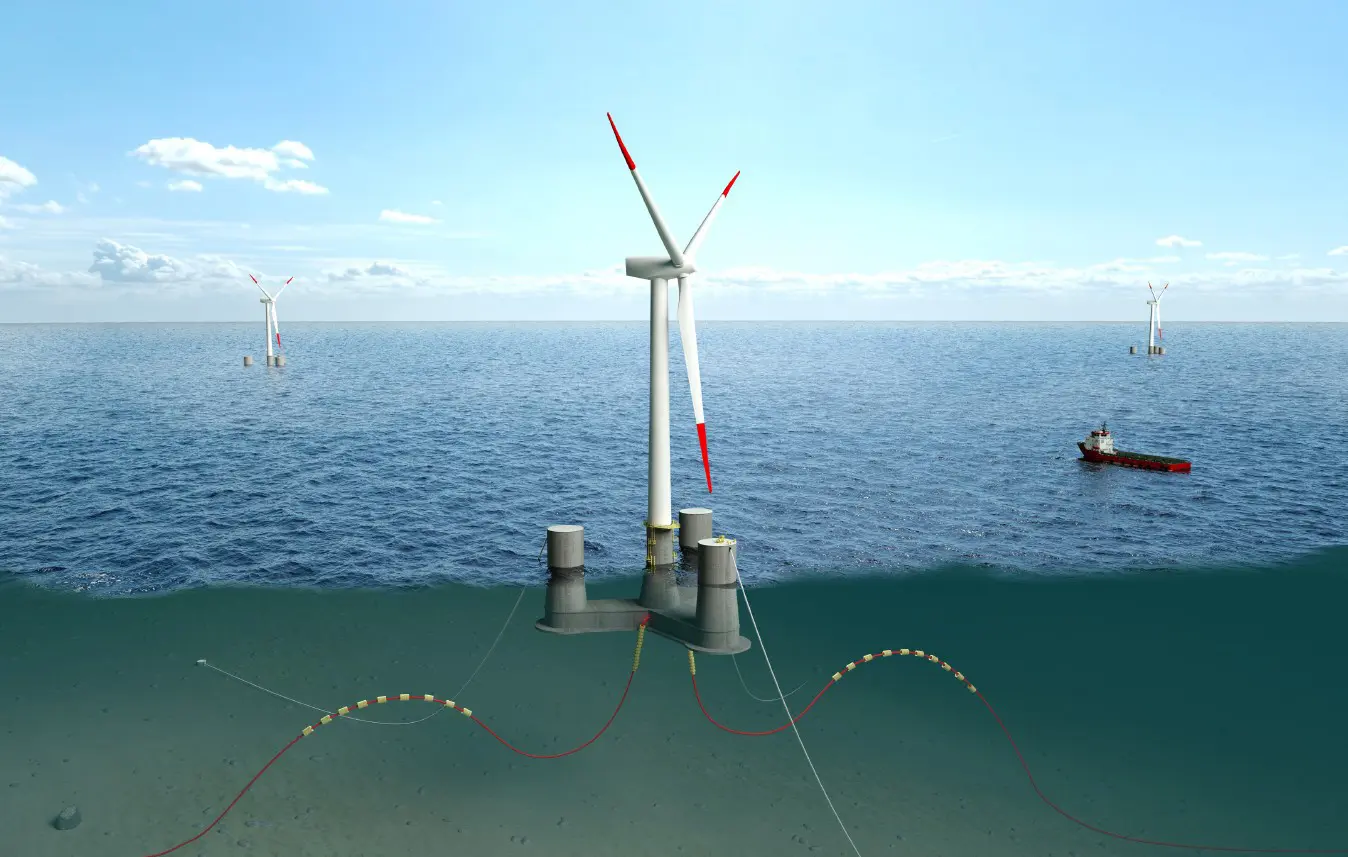
The successful bid combined Ørsted' 's expertise in developing and building offshore wind projects with BlueFloat Energy's focus on developing floating wind projects and Falck Renewables'' track record of community engagement in Scotland. It is also Ørsted's first partnership for floating projects and the first-ever large-scale floating wind farm development.
"That's the approach we're taking. There are several forms, such as business cooperation, joint investment, cooperating with local investors, joining the development technology and manufacturing process, joining the collaboration of academia and the research centers. On the one hand, to ensure that floating projects can be carried out in a way that Taiwan is familiar with, and at the same time to prepare Taiwan for becoming the next floating wind farm development and construction area," Martin indicated.
To build supply chains in a practical and phased manner
Coexistence with the local stakeholders often represents risks and opportunities. Martin believes that it depends on which aspect to start from, whether from the perspective of investment, industry, technology, and academia. BlueFloat Energy is willing to share itsknowledge and experience with the governme nt. As industry thought leaders, they have the ambition to ensure that the floating technology industry takes root in Taiwan.
"Our goal is to ensure that the development project is as integrated into the local environment as possible and maximize the supply chain and local industry capability. If our local partners can see the project as an opportunity rather than a risk, we can avoid many risks in advance. As for communication with the government, we want to have a very open and transparent discussion so that the government can rely on us," Martin stressed.
As for establishing the floating wind supply chain, Martin believes that developer´s expertise and the mastery of the floating technology are critical factors and will determine whether the supply chain can adopt the relevant technology. "From our perspective, we take a different approach. We first consider the capacity already existing in emerging markets such as Taiwan, and then we manage these energies to be effective based on our expertise. I think it is an important factor. Otherwise, all manufacturers, developers, and governments will be exposed to the risk that vast investments are likely unnecessary," said Martin.
Secondly, supply chains should be implemented gradually over time. Martin believes that the roadmap regarding supply chain development is crucial, and it's very difficult and impractical to achieve 100% from the first day. If you start with 30% and then 50%, and so on, you gradually set long-term goals for the industry to achieve these goals over time.
"Taiwan must consider being an export hub for its industry. You have to think in terms of regional development. It is not easy to justify 100% localization from the outset. Suppose Taiwan plans to provide exports of related industries in the future, and other countries also adopt the same localization policy. In that case, it will be difficult for the industry to move forward. The industrial development path should be clearly defined as a long-term plan. It also involves cooperation between countries in the region, which is the best way to maximize the benefits of localization projects," said Martin.
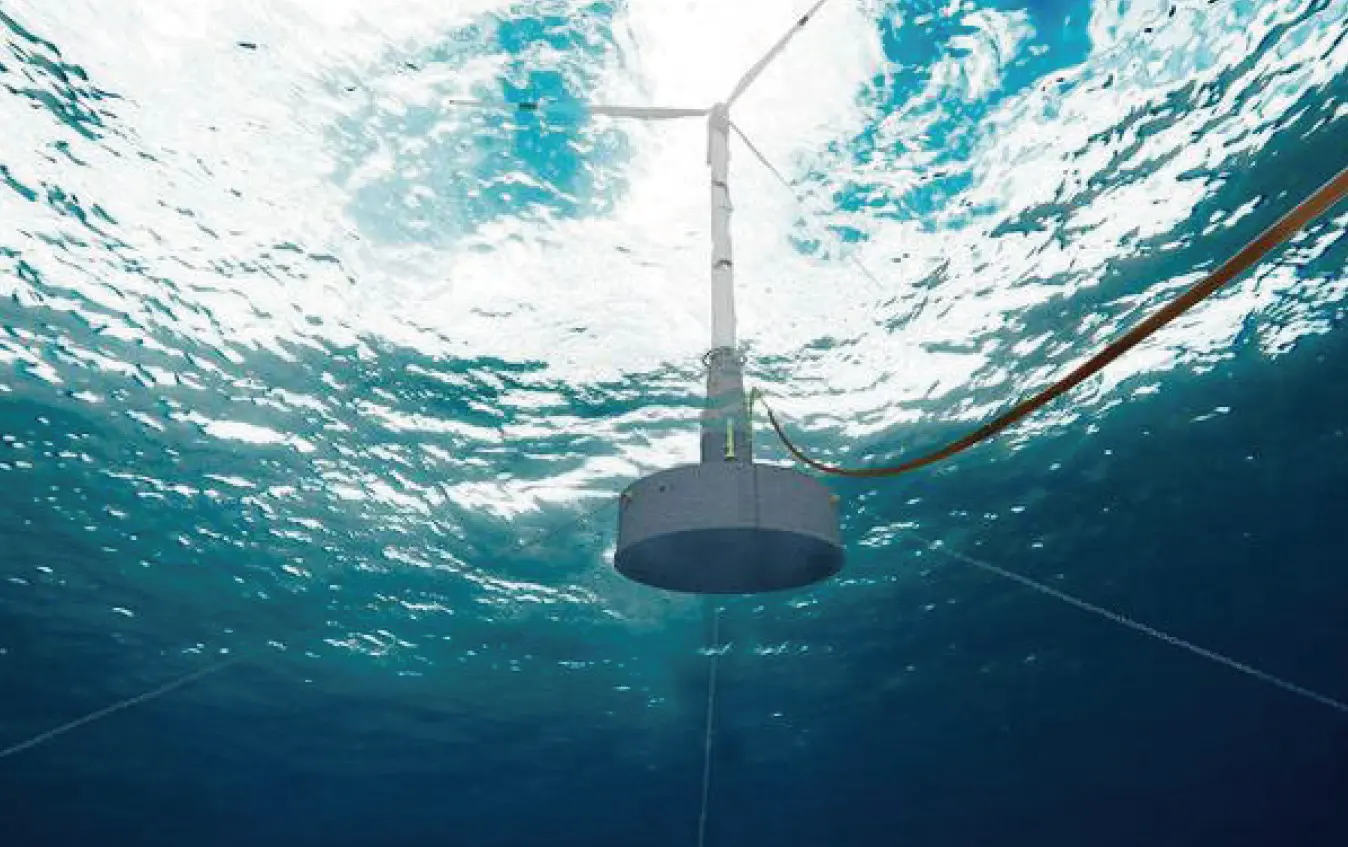
BlueFloat Energy is one of the leading floating wind developers with offshore wind projects in various regions of the world, which kin to accelerate the global deployment of offshore wind as a critical enabler for the energy transition and economic growth. Founded by renewable energy professionals, BlueFloat Energy brings together unparalleled expertise in the design, development, financing, construction, and execution of floating offshore wind projects. BlueFloat Energy is supported by 547 Energy, the Quantum Energy Partners' platform dedicated to clean energy investments. 547 Energy aims to partner with innovative companies who drive the growth of the green energy economy. Quantum Energy Partners is one of the world's leading dedicated energy investment funds, with a portfolio of over $ 17 billion of assets under management since its inception in 1998.
More related articles
